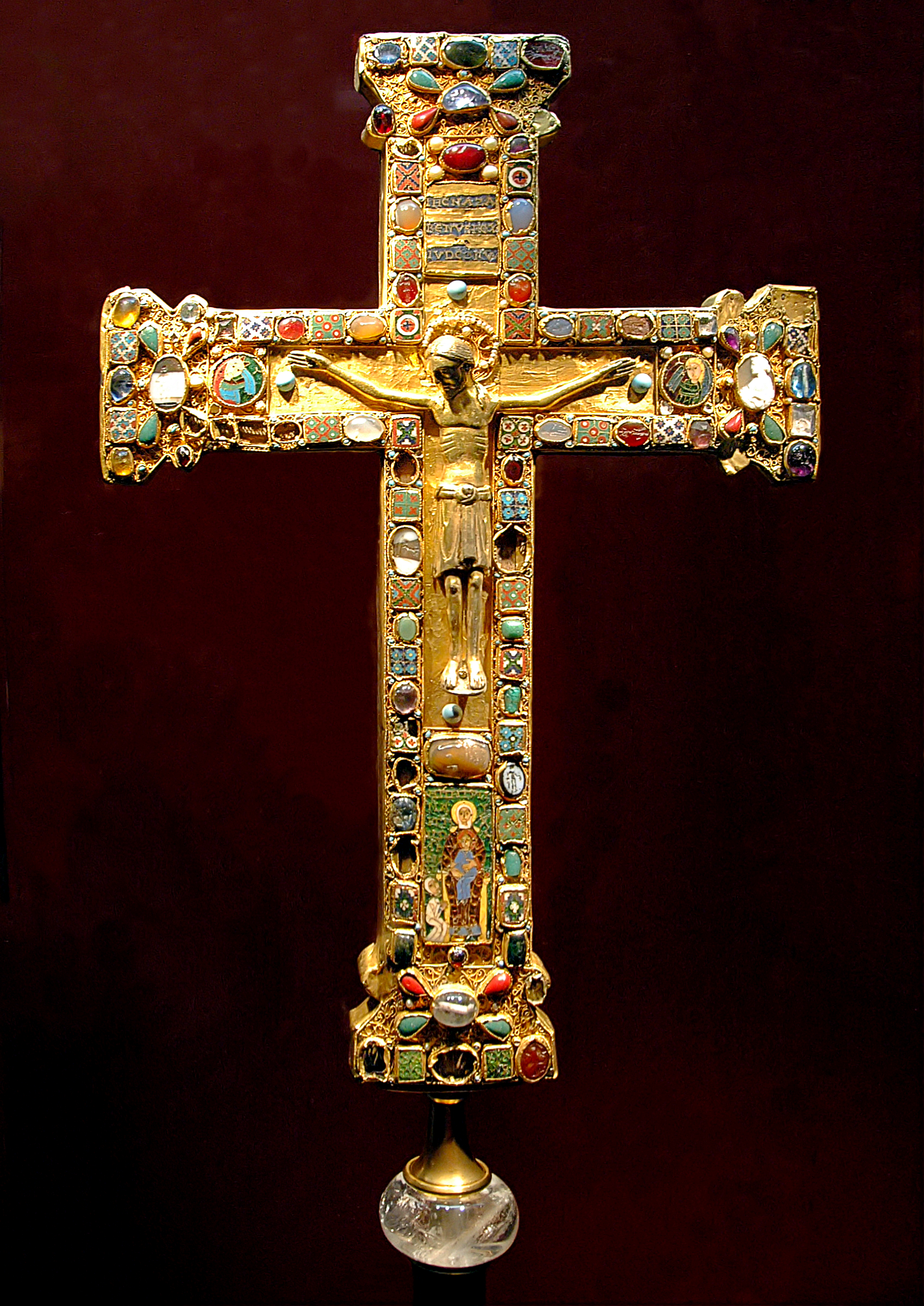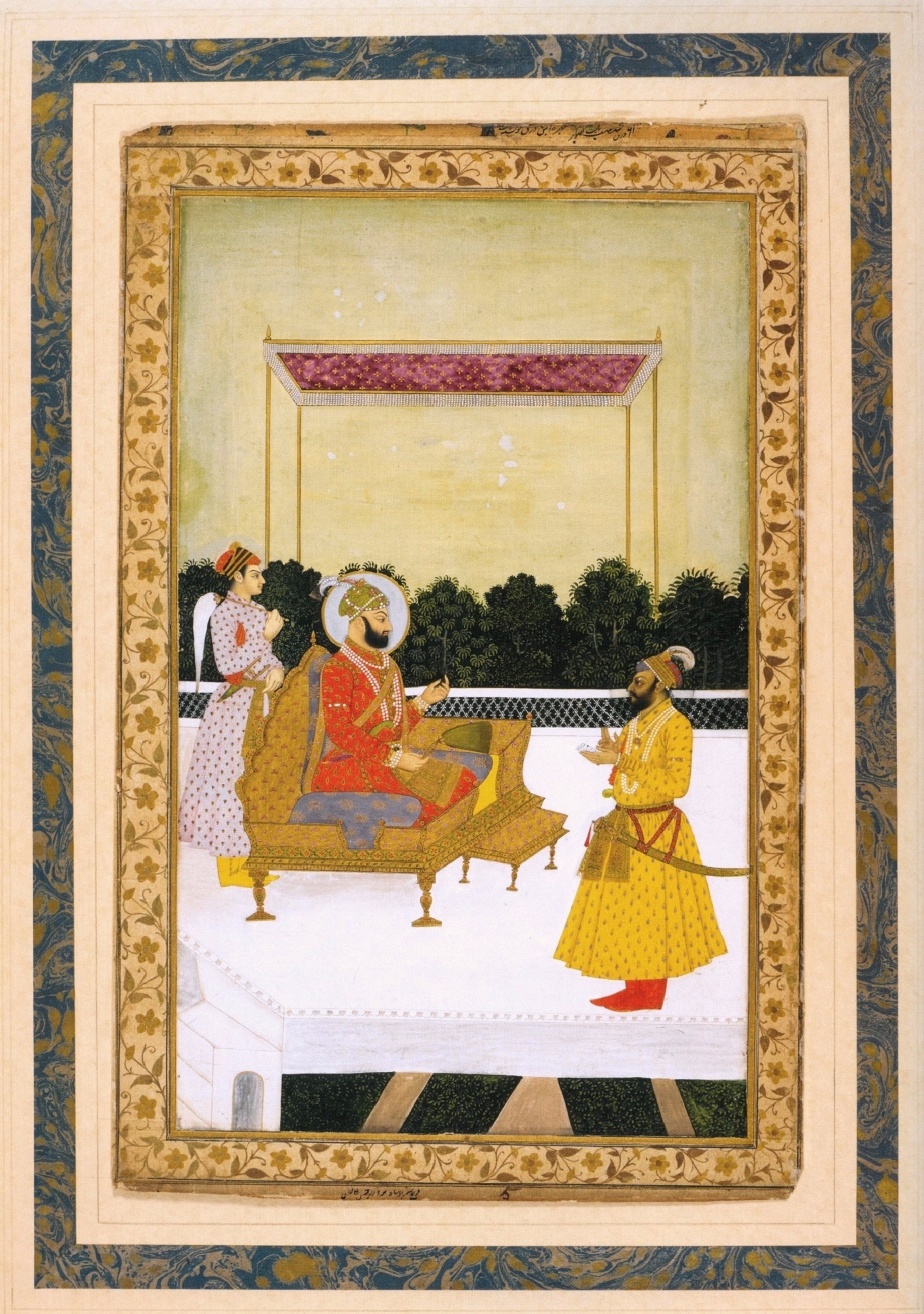|
Marashis
The Marashiyan or Marashis ( Mazandarani: مرعشیون, fa, مرعشیان) were an Iranian Sayyid Twelver Shiʿite dynasty of Mazandarani origin, ruling in Mazandaran from 1359 to 1596. The dynasty was founded by Mir-i Buzurg, a Sayyid native to Dabudasht. Their capitals were Amol, Sari A sari (sometimes also saree or shari)The name of the garment in various regional languages include: * as, শাৰী, xārī, translit-std=ISO * bn, শাড়ি, śāṛi, translit-std=ISO * gu, સાડી, sāḍī, translit-std ..., and Vatashan. Sources * * * * * External links * Rulers of Tabaristan Iranian Muslim dynasties Alid dynasties States and territories disestablished in the 1590s {{iran-stub ... [...More Info...] [...Related Items...] OR: [Wikipedia] [Google] [Baidu] |
Amol
Amol ( fa, آمل – ; ; also Romanized as Āmol and Amul) is a city and the administrative center of Amol County, Mazandaran Province, Iran, with a population of around 300,000 people. Amol is located on the Haraz river bank. It is less than south of the Caspian sea and is less than north of the Alborz mountains. It is from Tehran, and is west of the provincial capital, Sari. Amol It is one of the oldest cities in Iran, and a historic city, with its foundation dating back to the Amard. In the written history, Amol, in the Shahnameh, has been one of the important centers of events. Amol the center of industry and the pole of culture of Mazandaran, the rice capital of Iran, one of the most important cities of transportation, agriculture, tourism and industry in Iran, one of the dairy and meat products centers of Iran and is known as the ''History, Science and Philosophy city'', ''City that does not die'' and ''Hezar Sangar city''. History Pre-Islamic Ammianus Marcellinus ... [...More Info...] [...Related Items...] OR: [Wikipedia] [Google] [Baidu] |
Mir-i Buzurg
Qavam al-Din ibn Abdallah al-Marashi ( fa, قوامالدین بن عبدالله مرعشی), better known as Mir Buzurg or Mir Bozorg ( fa, میربزرگ, ''Mīr-e Bozorg'', lit. "The great Mir"), was the founder of the Marashi dynasty, ruling from 1359 to 1362. Early life Mir-i Buzurg belonged to a Sayyid family, he was the son of a certain Abdallah al-Marashi, who was the eponymous ancestor of the Marashi dynasty. Mir-i Buzurg, during his early life, lived in Dabudasht near Amol, which was then under Bavandid control. He studied religion and came into contact with Izz al-Din Sughandi, an influential sufi who was a pupil of Abd al-Razzaq ibn Fazlullah, the founder of the Sarbadars of Khorasan. Mir-i Buzurg later founded a Khanqah in Dabudasht and gained numerous followers. He also made a pilgrimage to the Imam Reza shrine in Mashhad. In 1359, the Bavand dynasty was put to an end by the Chulabi nobleman Kiya Afrasiyab who founded the Afrasiyab dynasty. However, the nobl ... [...More Info...] [...Related Items...] OR: [Wikipedia] [Google] [Baidu] |
Mar'ashis
The Marashiyan or Marashis ( Mazandarani: مرعشیون, fa, مرعشیان) were an Iranian Sayyid Twelver Shiʿite dynasty of Mazandarani origin, ruling in Mazandaran from 1359 to 1596. The dynasty was founded by Mir-i Buzurg, a Sayyid native to Dabudasht. Their capitals were Amol, Sari A sari (sometimes also saree or shari)The name of the garment in various regional languages include: * as, শাৰী, xārī, translit-std=ISO * bn, শাড়ি, śāṛi, translit-std=ISO * gu, સાડી, sāḍī, translit-std ..., and Vatashan. Sources * * * * * External links * Rulers of Tabaristan Iranian Muslim dynasties Alid dynasties States and territories disestablished in the 1590s {{iran-stub ... [...More Info...] [...Related Items...] OR: [Wikipedia] [Google] [Baidu] |
Middle Ages
In the history of Europe, the Middle Ages or medieval period lasted approximately from the late 5th to the late 15th centuries, similar to the post-classical period of global history. It began with the fall of the Western Roman Empire and transitioned into the Renaissance and the Age of Discovery. The Middle Ages is the middle period of the three traditional divisions of Western history: classical antiquity, the medieval period, and the modern period. The medieval period is itself subdivided into the Early Early may refer to: History * The beginning or oldest part of a defined historical period, as opposed to middle or late periods, e.g.: ** Early Christianity ** Early modern Europe Places in the United States * Early, Iowa * Early, Texas * Early ..., High Middle Ages, High, and Late Middle Ages. Population decline, counterurbanisation, the collapse of centralized authority, invasions, and mass migrations of tribes, which had begun in late antiquity, continued i ... [...More Info...] [...Related Items...] OR: [Wikipedia] [Google] [Baidu] |
Sayyid
''Sayyid'' (, ; ar, سيد ; ; meaning 'sir', 'Lord', 'Master'; Arabic plural: ; feminine: ; ) is a surname of people descending from the Prophets in Islam, Islamic prophet Muhammad through his grandsons, Hasan ibn Ali and Husayn ibn Ali, sons of Muhammad's daughter Fatimah, Fatima and his cousin and son-in-law Ali (Ali ibn Abi Talib). While in the Islamic golden age, early islamic period the title Al-Sayyid was applied on all the members of the of Banu Hashim, banu hashim, the tribe of Muhammad. But later on the title was made specific to those of Hasanids, Hasani and Hussaini descent, Primarily by the List of Fatimid caliphs, Fatimid Caliphs. Female ''sayyids'' are given the titles ''sayyida'', ''syeda'', ''alawiyah'' . In some regions of the Islamic world, such as in Iraq, the descendants of Muhammad are given the title ''Emir, amīr'' or ''mīr'', meaning "aristocrats", "commander", or "ruler". In Shia Islam the son of a non Sayyid father and a Sayyida mother claim ... [...More Info...] [...Related Items...] OR: [Wikipedia] [Google] [Baidu] |
Iranian Muslim Dynasties
Iranian may refer to: * Iran, a sovereign state * Iranian peoples, the speakers of the Iranian languages. The term Iranic peoples is also used for this term to distinguish the pan ethnic term from Iranian, used for the people of Iran * Iranian languages, a branch of the Indo-Iranian languages * Iranian diaspora, Iranian people living outside Iran * Iranian architecture, architecture of Iran and parts of the rest of West Asia * Iranian foods, list of Iranian foods and dishes * Iranian.com, also known as ''The Iranian'' and ''The Iranian Times'' See also * Persian (other) * Iranians (other) * Languages of Iran * Ethnicities in Iran * Demographics of Iran * Indo-Iranian languages The Indo-Iranian languages (also Indo-Iranic languages or Aryan languages) constitute the largest and southeasternmost extant branch of the Indo-European language family (with over 400 languages), predominantly spoken in the geographical subr ... * Irani (other) * List of ... [...More Info...] [...Related Items...] OR: [Wikipedia] [Google] [Baidu] |
Rulers Of Tabaristan
A ruler, sometimes called a rule, line gauge, or scale, is a device used in geometry and technical drawing, as well as the engineering and construction industries, to measure distances or draw straight lines. Variants Rulers have long been made from different materials and in multiple sizes. Some are wooden. Plastics have also been used since they were invented; they can be molded with length markings instead of being scribed. Metal is used for more durable rulers for use in the workshop; sometimes a metal edge is embedded into a wooden desk ruler to preserve the edge when used for straight-line cutting. in length is useful for a ruler to be kept on a desk to help in drawing. Shorter rulers are convenient for keeping in a pocket. Longer rulers, e.g., , are necessary in some cases. Rigid wooden or plastic yardsticks, 1 yard long, and meter sticks, 1 meter long, are also used. Classically, long measuring rods were used for larger projects, now superseded ... [...More Info...] [...Related Items...] OR: [Wikipedia] [Google] [Baidu] |
Sari, Iran
Sari ( fa, ; also romanized as Sārī), also known as Shahr-e-Tajan and Shari-e-Tajan, is the provincial capital of Mazandaran Province and former capital of Iran (for a short period), located in the north of Iran, between the northern slopes of the Alborz Mountains and southern coast of the Caspian Sea. Sari is the largest and most populous city of Mazandaran. Location The coastline north of Sari fronts onto the '' Mazandaran Sea''; north-east of the city lies '' Neka''. '' Qa'emshahr'' (formerly known as Shahi) is to its south-west, ''Juybar'' is to its north-west, and '' Kiasar'', '' Damghan'', and '' Semnan'' are cities located to the south. History Early history Excavations in the Hutto cave present evidence for the existence of settlements around Sari as far back as the 70th millennium BCE. The Muslim historian Hamdollah Mostowfi attributes the foundation of Sari to king Tahmoures Divband of the Pishdadian Dynasty. Ferdowsi mentions the name of the city in Shahnam ... [...More Info...] [...Related Items...] OR: [Wikipedia] [Google] [Baidu] |
Dabudasht
Dabudasht ( fa, دابودشت; formerly, Darvish Kheyl (Persian: درويش خيل), also Romanized as Darvīsh Kheyl) is a city and capital of Dabudasht District, in Amol County, Mazandaran Province, Iran Iran, officially the Islamic Republic of Iran, and also called Persia, is a country located in Western Asia. It is bordered by Iraq and Turkey to the west, by Azerbaijan and Armenia to the northwest, by the Caspian Sea and Turkm .... At the 2006 census, its population was 1,096, in 300 families. Dabu Rice is most of goods Iranian raised. References Populated places in Amol County Cities in Mazandaran Province Settled areas of Elburz {{Amol-geo-stub ... [...More Info...] [...Related Items...] OR: [Wikipedia] [Google] [Baidu] |
Mazandarani People
The Mazanderani people ( mzn, مازرونیون or mzn, تبریون) or Tabari people ( mzn, تپورون, links=no) are an Iranian peopleAcademic American Encyclopedia By Grolier Incorporated, page 294 who are indigenous to the Caspian sea region of Iran. They are also referred to as Mazanis for short. They inhabit the southern coast of the Caspian Sea and are part of the historical region known as Tabaristan. The Alborz mountains mark the southern boundary of the area settled by the Mazanderani people. People The Mazanderani number was 4,480,000 in 2019 The Mazanderani number between three and four million (2006 estimate). Their dominant religion is Shi'a Islam.in Mazandaran: Peaceful Coexistence With Persian', Maryam Borjian, Columbia University, page 66. Mazandarani people have a background in the Tabari ethnicity, and speak the Tabari language. Their origin goes back to Tapuri people and Amardi people. Their land was called Tapuria or Tapurestan, the land of T ... [...More Info...] [...Related Items...] OR: [Wikipedia] [Google] [Baidu] |
Shia Islam
Shīʿa Islam or Shīʿīsm is the second-largest branch of Islam. It holds that the Islamic prophet Prophets in Islam ( ar, الأنبياء في الإسلام, translit=al-ʾAnbiyāʾ fī al-ʾIslām) are individuals in Islam who are believed to spread God in Islam, God's message on Earth and to serve as models of ideal human behaviour. So ... Muhammad in Islam, Muhammad designated Ali, ʿAlī ibn Abī Ṭālib as his Succession to Muhammad, successor (''khalīfa'') and the Imamah (Shia doctrine), Imam (spiritual and political leader) after him, most notably at the event of Ghadir Khumm, but was prevented from succeeding Muhammad as the leader of the Muslims as a result of the choice made by some of Companions of the Prophet, Muhammad's other companions (''ṣaḥāba'') at Saqifah. This view primarily contrasts with that of Sunni Islam, Sunnī Islam, whose adherents believe that Muhammad did not appoint a successor before Death of Muhammad, his death and consider Abu ... [...More Info...] [...Related Items...] OR: [Wikipedia] [Google] [Baidu] |





